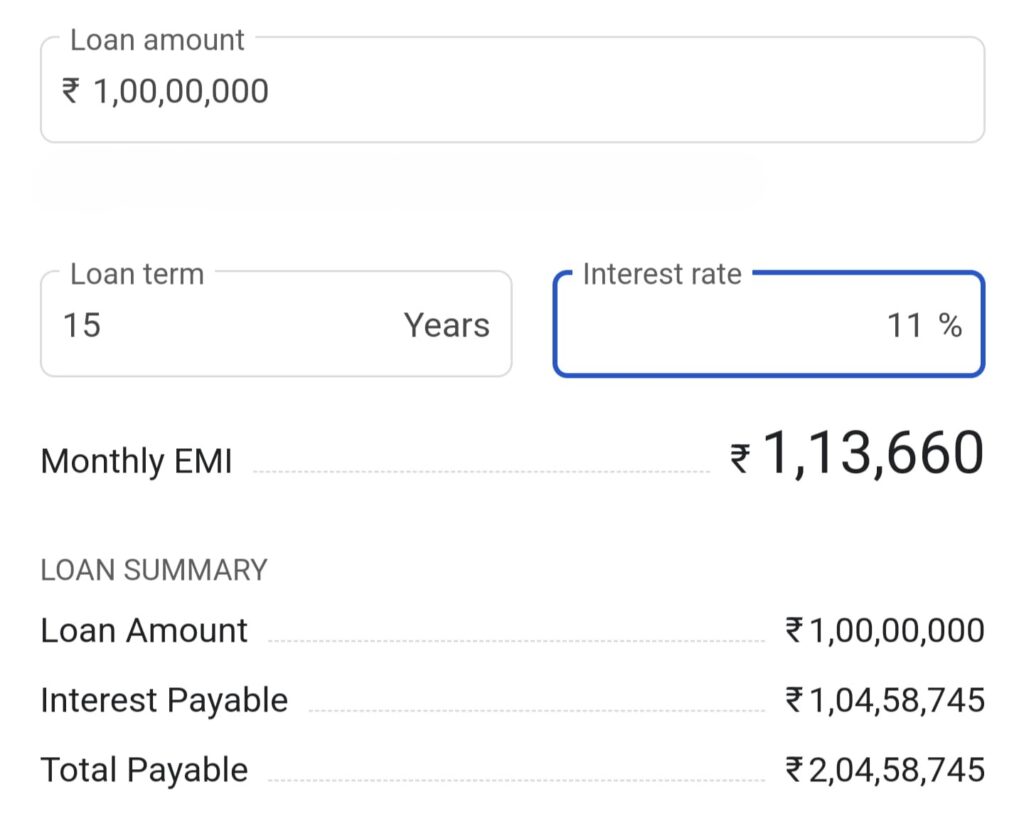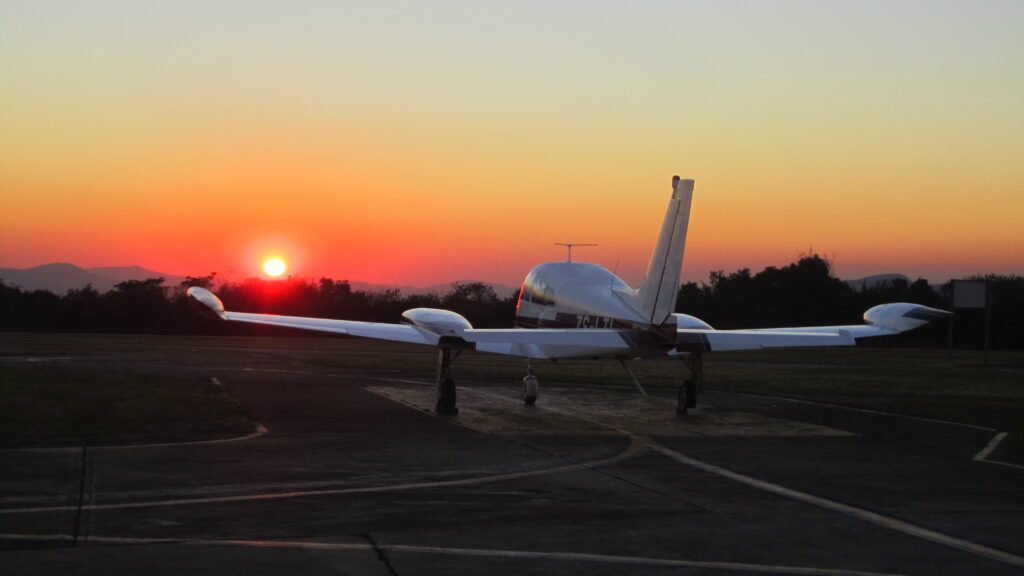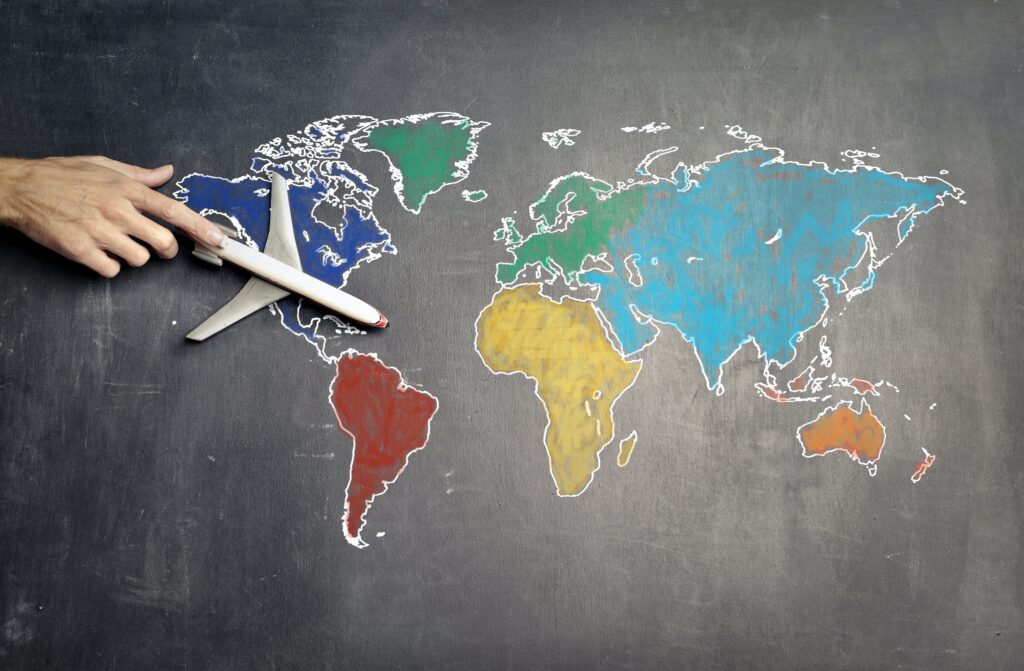When becoming a pilot, the most frequently searched question is the cost to become a pilot. While at the same time financial planning is not talked about enough in our society. Personal finances is something that is never taught to us in our schooling system. So in this blog we will talk about how much it costs to become a pilot. Also the financial impact and the toll it takes on our families to repay loans. How long it takes to recover this cost of training and, we will also try to figure out if it is all worth it.
Let’s first understand and accept that each one of us are in a very unique situation. Everyone’s background is different. Everybody’s finances and risk taking ability is also different. Everyone will not go to the same fight school. There are many variables. Therefore, I cannot give you one number and say that is what it is going to cost you. I will however discuss all the probable’s and get you to a number that is unique to you and then figure out if that is worth it for you. I will also assume a loan will be taken to fund your training.
Major Cost Breakdown
-
- For the purpose of understanding I will not give a breakdown of items like class 2 medical, class 1 medical, exam attempts, application fees, etc. I will put this down as ₹2 Lakhs.
-
- Ground School – Flight training in India requires you to pass CPL level theoretical exams before getting into an aircraft. Unlike other countries that put you in an aircraft first and teach you theory simultaneously, gradually going from PPL level to CPL level. So, if you choose to fly in India then you will most likely need help and reach out to a ground school which can cost upto ₹3 lakhs.
-
- Flight training – this cost depends upon your choice of Cadet Program or conventional training method. Which can further be divided depending upon your choice of flight school, whether you choose to go abroad or domestic options for both types of training methods. Cadet Pilot Programs range from ₹80 lakhs to ₹1.5 Cr. Conventional training ranges from ₹35 lakhs to ₹65 lakhs.
-
- Conversion Cost – If you choose to do training abroad then you will be required to convert that foreign licence to an Indian one. The majority of the cost involved here is the preceding 6 month requirement. This ranges between ₹3 lakh to ₹5 lakh. This cost and time can be reduced if planned well. Click here to read about the conversion process in detail.
-
- Type Rating – this is included in the cadet pilot programs but is a choice for the conventional method. I say its a choice because a person can choose to work with smaller companies on smaller aircraft for a couple of years and after gaining flight experience, join an airline where the airline may pay for the type rating. This usually costs in the range of ₹15 lakh to 25 lakh. This depends on the type of aircraft you choose and the US dollar rate.
-
- Airline Training Cost – This is again for those who choose to go the conventional method, and have already done a type rating. Depending upon the validity of your type rating, (how many months past the expiry), the airline may ask you to pay for the refresher costs and any differences training. This cost could be in the range of ₹5 lakh to ₹12 lakh.
-
- Instructor Rating – If you choose to become a flight instructor and teach others, which is an amazing way to start your career, there is a training cost to become one. Usually this is in the range of ₹8 – ₹12 lakhs, depending on where you do the training.
So, the total cost for you will depend upon whether you choose the cadet pilot program or the conventional method. Which flight school you choose, whether one in India or abroad. Whether you choose to do a type rating or not. Once you decide on a path you want to take you can come to the total cost to become a pilot, that will be unique to you.
Click here to read about how to find the perfect flight school for you !
How A Loan Actually Looks Like !
Let’s consider a scenario where you plan to fund the cadet pilot program, with a loan of ₹1 crore. Educational loans in India typically offer a maximum of ₹7.5 lakhs without collateral, and any amount above that will require a collateral. The average Rate of Interest on such loans is around 11%. In the case of a personal loan, this rate can be as high as 14%. For this example, we’ll assume a rate of 11% and calculate the repayment based on the maximum tenure of 15 years for an education loan. You can google an EMI calculator and play with the numbers.

Using an EMI calculator, the monthly repayment for a ₹1 crore loan at 11% interest over 15 years is ₹1,13,660. Over the course of the loan, you would not only repay the principal ₹1 crore, but also ₹1,04,58,745 in interest, bringing the total repayment to ₹2,04,58,745. The key question is: Is this investment worth it?
Click here to read my full comparison between Cadet programs and conventional method.
For the conventional training route, let’s assume a loan of ₹50 lakhs at the same interest rate and tenure. The EMI would be ₹56,830, and the total interest repaid would amount to ₹52,29,372, making the total repayment ₹1,02,29,372. Again, this raises the question: Is the conventional route more financially viable?
Keep in mind that this is just the loan repayment and not the total training cost.
Pilot Salaries
To asses the recovery I will assume the starting salary of ₹50 thousand, based on the most recent contracts given to the fresh trainee pilots of one airline in India. This salary is given for the training period which can last upto 1.5 years. Thereafter the salary may increase to ₹1.5 – ₹2 lakh.
The next increment comes when you cross a certain amount of flying within that company. Let’s assume that number to be 1000 hours and can take upto 2 years to achieve or longer. Thereafter the salary may increase to a range of ₹2.5 – ₹3 lakhs.
Click here to read my full story
The next increment may come when you receive an ATPL from DGCA and this may take upto 4 to 5 years. The salary range is from ₹3 lakh to 3.5 lakh. This increment is not given by all the airlines!
Thereafter the next increment comes with becoming a captain. No one can say how long this will take as it depends on the requirement from the company to have more captains, you meeting the company’s requirements, your seniority in that company and passing all exams and assessments.
Please note that I have used the words “MAY INCREASE” and given a “salary range”. This is because the airlines offer different contracts and salaries to the pilots. They offer different leave programs which also affect salaries. And all these contracts and salaries change from time to time.
Let’s have a basic look at contracts offered by a few airlines. Airline 1 pays pilots for 40 hours, while Airline 2 pays for 70 hours. Any flying more than this is paid as overtime. If the overtime is calculated for Airline 1 for 70 hours then it sums up to more than Airline 2’s salary. BUT this overtime is never guaranteed. To add to this, the most recent batches of trainee pilots who have joined Airline 2 were given a 50 hour contract. Most recently there were changes made to the FDTL and further changes are expected later this year, and surly this will affect salaries too.
Pilot salaries have not really gone up since 2011 especially when accounted for inflation.
Then there are taxes! As you can see, this is quite complicated and so no one can give you a singular number or time frame to what you will be earning by the time you finish training and join an airline. SO, how do we make calculations towards recovering our cost for training ?
When Will I Recover My Training Cost ?
With such complicated salary structures and job insecurity how do we calculate how long until we recover our cost of training? To be optimistic and positive is all well and good in life, but for this purpose it is better to be more practical and take assume the worst case. SO, I am going to take the lower end of the salary structure and longer timelines for increments.
₹50,000 for the first 1.5 years. Then ₹1.5 lakh for the next 2 years. Then ₹2.5 lakh for the next 3 years.
In the first 6.5 years you will have earned 1.35 Cr.
When a cadet, after the waiting period, OR a fresh CPL holder from a conventional background finally joins an airline, it is very likely that the airline will give a base that is not your hometown, so you will have housing expenses. You will pay rent, electricity, internet, wash your clothes, cook food, etc – basically all the essentials. Then you have non essential expenses – because you want to live a certain lifestyle. Then you still have to pay the EMI. After all this is when you can think about saving and recovering your investment.
Click here to read how I started my journey.
So now that’s something you have to judge for yourself. We have already calculated that the EMI for cadets with 1Cr loan will be ₹1,13,660 and ₹56,830 for conventional method to be paid over 15 years. Question yourself, how much of your salary will you use to repay loans and how much will you need to live even a basic life and lifestyle ? Where will the excess funds come from? Realistically you cannot save every penny of the 1.35 Cr earned and repay your loan in the first 6 years of being employed. It’s going to take a lot longer !
Once you figure this out, you come close to realistic number of years that you will take to repay your loans, next the total training costs, and only then will you actually start profiting from this profession, and until then you will be in debt !
Is It Worth It ?
Now that you have worked out an approximate number of years you will need to repay loans or recover your cost of training, lets also add to that when do you actually start earning? Whether you choose the cadet pilot program or conventional method, there is in all probability going to be a period of unemployment. Please read my blog comparing the two training methods to read about this unemployment period in more detail. So, how long do we assume for our calculation purposes ?
In this industry timing and luck plays a huge role when it comes to employment. There is a very small percentage of people who manage to get airline jobs immediately after completion of their CPL. So we have to assume the worst case again – 2 years of being unemployed. In some cases it may take longer, but I feel 2 years is a fair number to work with.
I do however, urge you to look for jobs beyond the airline industry, flying smaller aircraft for smaller companies. You may stand a better chance to employment right out of flight school and this goes a very long way in repaying that loan. Once you build some flying experience, joining an airline is far easier. The competition is negligible and you do not join at the bottom of the salary scale. Depending upon the experience you gain, the airline may even offer to pay for your type rating.
So finally, you need to sit down and have an honest conversation with the person who is going to be sponsoring or repaying your loans. Will they and you, however you guys plan on repaying loans, be able to manage to pay the EMI for upto 2 years without getting any salary and thereafter as per the discussion above ?
Remember that this answer is going to be unique to you. Someone might be able to undertake this burden while some others may not.
This answer that you arrive to will tell you if this investment is going to be worth it. Atleast financially ! The other factors to judge if the pilot life is worth it or not needs a different page for itself, but please read this article from ThePrint.in as an example to get a better idea about the reality of this profession. Remember that social media does not talk about the struggle, but just glorifies the profession leading to an unfair assessment. I encourage you to read about all the aspects, the positives and more importantly the negatives before you invest huge amounts of money. You have to be completely satisfied about how you invest your money.
Summary
With this I hope to have broadened your horizon just a little bit. I hope you have learned something more about personal finances. I hope you have understood that funding for this career is a little more complicated than it seems. Most importantly I hope you are able to have honest conversations about loan repayments and the interest amounts that come with it, and how this will affect the financial independence of a middle class family. Finally, I hope you are now able to understand what is the REAL Cost To Become A Pilot.
These are of course just my opinions based on my experiences and gained knowledge. Differences in opinion are welcome.





Very good read 🙂
Your blog provides an honest, detailed, and much-needed breakdown of the financial realities involved in becoming a pilot, which is often overlooked in discussions glamorizing the profession. The emphasis on personal financial planning and real-world salary expectations is practical. You’ve done well to explain the variables that affect training costs and future earnings, making it relatable for readers from different backgrounds. The inclusion of loan structures, repayment timelines, and cost-recovery scenarios paints a realistic picture of the long-term commitment required (Is it really worth it at the end). Overall, this piece serves as an important guide for aspiring pilots and their families to make decisions.
You’re such a good blogger. So much to learn from people like you
An absolute eye opener and true facts…thank u….truly appreciate it
It was an eye opening message. Thank you for that. When flying is the passion it is worth a try. After all you have to try and then only can find out if it works for you. All the statistics said by you is correct to the core.